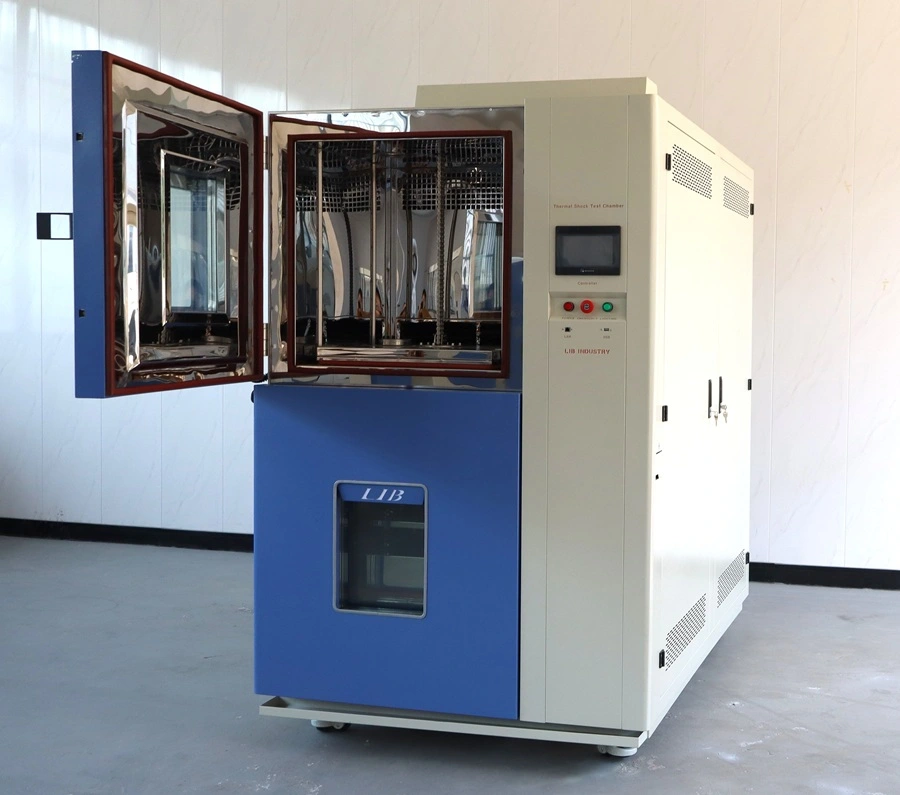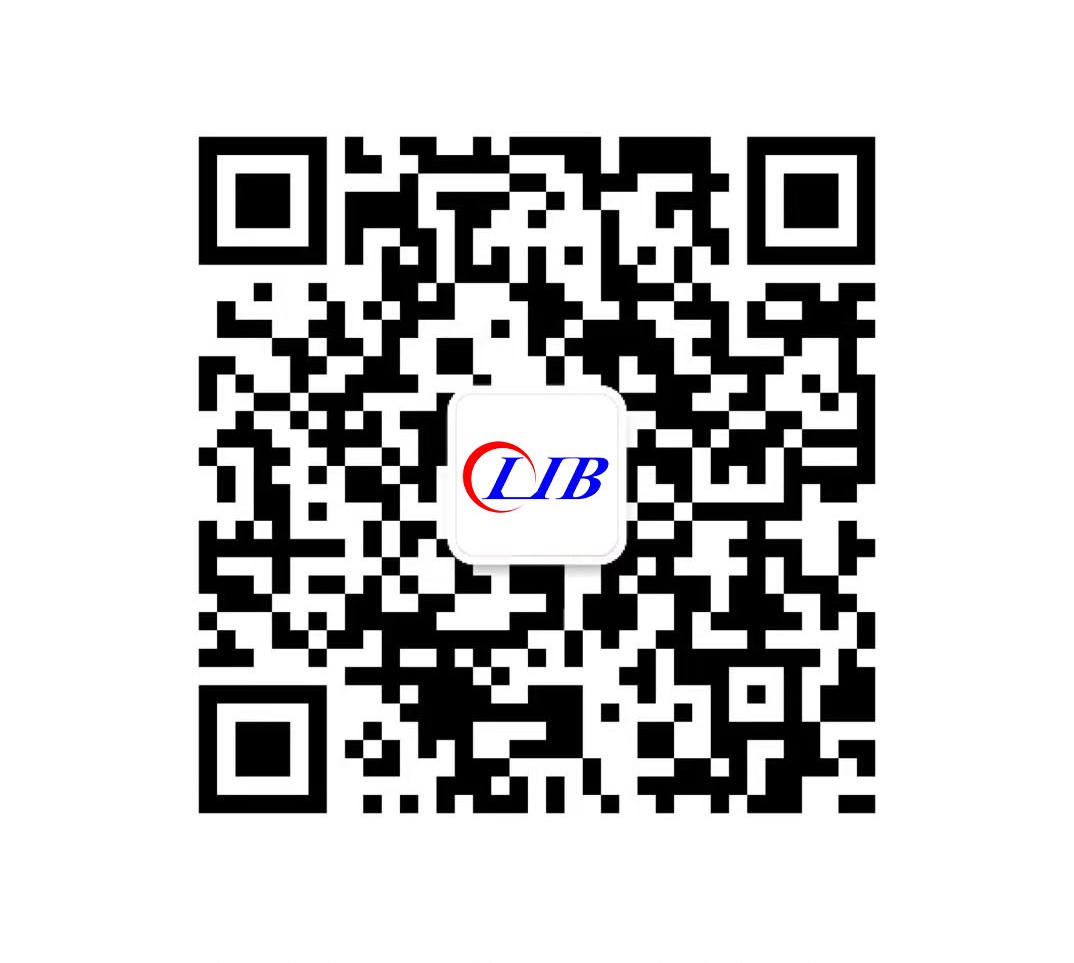Best Practices for Running Consistent Tests in a Humidity Test Chamber
Best Practices for Running Consistent Tests in a Humidity Test Chamber
Running consistent tests in a humidity testing chamber requires meticulous attention to detail and adherence to proven methodologies. Achieving reproducible results depends on proper equipment calibration, systematic sample placement, environmental control, and regular maintenance protocols. Understanding these fundamentals enables laboratories to minimize variability, enhance data reliability, and maintain regulatory compliance across diverse testing applications. Whether conducting pharmaceutical stability studies, electronic component evaluations, or material durability assessments, implementing standardized procedures ensures optimal chamber performance and accurate environmental simulation throughout extended testing periods.

How to Ensure Repeatability and Accuracy in Humidity Testing?
Understanding Environmental Control Parameters
Repeatability in humidity testing begins with precise control of environmental parameters. Modern humidity testing chambers utilize advanced control systems that monitor temperature and relative humidity with exceptional accuracy. The PT-100 Class A sensor technology detects temperature variations at 0.001-degree precision, enabling real-time adjustments that maintain stable conditions throughout testing cycles.
Establishing Standardized Testing Protocols
Creating comprehensive testing protocols involves documenting every aspect of chamber operation, from initial startup procedures to sample removal protocols. These standardized approaches eliminate operator variability and ensure consistent methodology across different testing sessions. Documenting chamber settings, equilibration times, and measurement intervals creates a reproducible framework that supports reliable data collection.
Implementing Quality Control Measures
Quality control measures include regular verification of humidity testing chamber performance against known standards and maintaining detailed logs of all testing activities. Establishing control samples alongside test specimens provides ongoing verification of chamber stability and helps identify potential drift in environmental conditions before it affects critical test results.
Sample Placement and Chamber Load Distribution Guidelines
Optimizing Airflow Patterns
Proper sample placement maximizes exposure uniformity while maintaining adequate airflow circulation throughout the chamber interior. Understanding airflow patterns helps determine optimal positioning for different sample types and sizes. Avoiding overcrowding ensures that each specimen receives consistent environmental exposure without creating dead zones or temperature gradients within the testing space.
Load Distribution Strategies
Sample Type | Recommended Placement | Spacing Requirements |
Electronic Components | Center rack positions | Minimum 2-inch clearance |
Pharmaceutical Products | Multiple rack levels | Uniform distribution pattern |
Material Specimens | Corner and center positions | Adequate ventilation gaps |
Minimizing Thermal Mass Effects
Large or dense samples can create thermal mass effects that interfere with chamber temperature control. Distributing heavy specimens across multiple rack positions prevents localized temperature variations and reduces the time required for chamber equilibration. Strategic placement considers both sample characteristics and chamber airflow dynamics to maintain environmental uniformity.
Calibrating Sensors for Temperature and Relative Humidity
Temperature Sensor Calibration Procedures
Temperature calibration requires reference standards traceable to national measurement institutes. Regular calibration intervals depend on usage frequency and accuracy requirements, typically ranging from quarterly to annual schedules. Multi-point calibration across the entire operating range ensures sensor accuracy throughout different testing conditions and environmental extremes.
Relative Humidity Calibration Methods
Humidity sensor calibration presents unique challenges due to the complex relationship between temperature and moisture content. Salt solution methods provide stable reference points at specific humidity levels, while specialized humidity generators offer continuous calibration across broader ranges. These calibration approaches verify sensor performance and identify drift that could compromise test accuracy.
Documentation and Traceability Requirements
Calibration Parameter | Frequency | Reference Standard | Tolerance |
Temperature Sensors | Every 6 months | NIST traceable | ±0.1°C |
Humidity Sensors | Every 12 months | Certified salt solutions | ±1% RH |
Maintaining comprehensive calibration records ensures traceability and supports regulatory compliance requirements. Digital documentation systems facilitate calibration scheduling and provide historical performance data that helps identify long-term sensor drift patterns.
Managing Condensate and Preventing Water Accumulation
Understanding Condensation Mechanisms
Condensation occurs when humidity testing chamber surfaces reach temperatures below the dew point of the internal atmosphere. Managing condensate requires understanding the relationship between temperature, humidity, and surface conditions within the chamber. Strategic heating of chamber walls and viewing windows prevents unwanted moisture accumulation that could affect test specimens or chamber operation.
Water Management Systems
Effective water management incorporates both automatic water intake systems and manual filling options to maintain consistent humidity levels. Water shortage alarms prevent dry-bulb conditions that could damage specimens or compromise test validity. Regular cleaning of water reservoirs and distribution systems prevents microbial growth and maintains water quality throughout extended testing periods.
Drainage and Moisture Control
Proper drainage systems remove excess condensate without disturbing chamber conditions or test specimens. Strategic placement of drainage ports and condensate collection systems maintains chamber cleanliness while preventing water accumulation that could create corrosive environments or support unwanted biological growth.
Daily Maintenance and Equipment Monitoring Procedures
Routine Inspection Protocols
Daily maintenance begins with visual inspection of chamber exteriors, control displays, and sample loading areas. Checking for unusual sounds, vibrations, or temperature variations provides early warning of potential equipment problems. Regular inspection of door seals, cable penetrations, and viewing windows ensures chamber integrity and prevents environmental leaks.
Performance Monitoring Systems
Monitoring Parameter | Check Frequency | Normal Range | Action Required |
Temperature Stability | Hourly | ±0.5°C | Document variations |
Humidity Control | Every 4 hours | ±2% RH | Calibration check |
Power Consumption | Daily | Within 10% baseline | Service evaluation |
Automated monitoring systems provide continuous oversight of critical parameters and alert operators to conditions requiring immediate attention. Data logging capabilities create permanent records of chamber performance that support troubleshooting efforts and regulatory documentation requirements.
Preventive Maintenance Scheduling
Preventive maintenance extends equipment life while minimizing unexpected failures that could compromise ongoing tests. Regular filter replacement, sensor cleaning, and mechanical component lubrication maintain optimal chamber performance. Scheduling maintenance during non-testing periods prevents disruption of critical experiments while ensuring equipment reliability.
Troubleshooting Inconsistencies in Humidity Test Results
Identifying Common Sources of Variability
Temperature and humidity inconsistencies often stem from inadequate equilibration time, improper sample placement, or sensor calibration drift. Systematic evaluation of chamber conditions, sample characteristics, and testing procedures helps identify specific sources of variability. Understanding the interaction between different variables enables targeted corrective actions that restore consistent performance.
Environmental Factor Analysis
External factors including ambient temperature fluctuations, power quality issues, and facility vibrations can influence chamber performance. Monitoring facility conditions alongside chamber parameters provides comprehensive insight into potential sources of test variability. Environmental monitoring helps distinguish between chamber-related issues and external influences affecting test results.
Corrective Action Implementation
Implementing corrective actions requires systematic approaches that address root causes rather than symptoms. Documentation of corrective measures and their effectiveness creates institutional knowledge that prevents recurring problems. Regular review of troubleshooting activities identifies patterns that may indicate emerging equipment issues or procedural deficiencies.
Reliable Humidity Chamber With Programmable Control | LIB Industry
Advanced Control System Features
LIB humidity testing chambers incorporate sophisticated programmable control systems that enable precise environmental management across diverse testing applications. These systems support complex temperature and humidity profiles, automated cycling protocols, and real-time data logging capabilities that enhance testing efficiency and accuracy.
Chamber Configuration Options
Available chamber configurations range from compact 50L benchtop units to expansive 1500L walk-in chambers, accommodating various sample sizes and testing requirements. Temperature ranges extending from -70°C to 180°C, combined with humidity control from 10% to 98% RH, support comprehensive environmental simulation for multiple industries including pharmaceuticals, electronics, automotive, and aerospace applications.
Quality Assurance and Compliance
LIB manufacturing facilities maintain ISO 9001 certification for quality and environmental management, ensuring consistent production standards and reliable equipment performance. Compliance with international safety standards including CE, CSA, and ISO 17025 provides confidence in chamber reliability and regulatory acceptance across global markets.
Conclusion
Implementing best practices for humidity testing chamber operation ensures consistent, reliable results across diverse applications. Proper calibration, systematic sample placement, effective moisture management, and regular maintenance create the foundation for accurate environmental simulation. These standardized approaches minimize variability, enhance data quality, and support regulatory compliance requirements. Understanding the interaction between equipment capabilities, testing procedures, and environmental factors enables laboratories to optimize chamber performance and achieve reproducible results throughout extended testing programs.
FAQs
How often should humidity testing chambers be calibrated?
Temperature sensors typically require calibration every six months, while humidity sensors need annual calibration. Usage frequency and accuracy requirements may necessitate more frequent calibration intervals for critical applications.
What factors affect temperature uniformity in humidity chambers?
Sample placement, chamber loading, airflow patterns, and thermal mass effects influence temperature uniformity. Proper sample distribution and adequate spacing maintain consistent environmental conditions throughout the chamber interior.
How can condensation issues be prevented during humidity testing?
Managing condensation requires controlling surface temperatures above dew point levels, maintaining proper drainage systems, and understanding the relationship between temperature and humidity conditions within the chamber environment.
Ready to enhance your humidity testing capabilities? Contact LIB Industry today to discover our comprehensive range of humidity testing chambers. Our expert team provides complete support from initial consultation through equipment installation and operator training. Reach us at ellen@lib-industry.com to discuss your specific testing requirements and explore our advanced humidity testing chamber technologies.



